News Beat
News Beat reporting is an idrw.org initiative to let our Readers to report News Based on Actual facts but some how has not been reported in Main Stream Media .
SOURCE: RAUNAK KUNDE / NEWS BEAT / IDRW.ORG
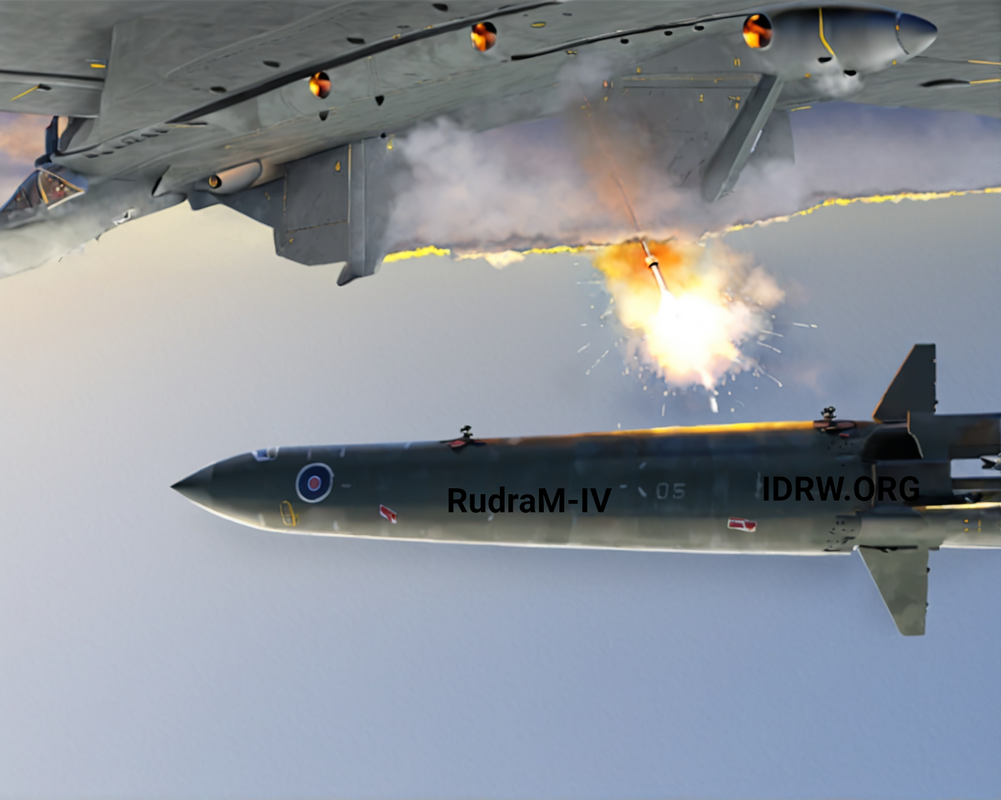
The Indian Defence Acquisition Council (DAC) approved the Acceptance of Necessity (AoN) in March 2023 for an indigenously designed Long-Range Stand-Off Weapon (LRSOW) to be integrated with the Su-30 MKI aircraft. This marks a significant step forward in India’s self-reliance in developing advanced weapon systems.
Initial reports suggested the LRSOW would be an air-launched cruise missile with a subsonic speed and a range of 1000-1500 kilometres. However, recent developments indicate that the LRSOW will be incorporated into the existing RudraM family of air-to-surface missiles developed by DRDO.
Continue readingSOURCE: RAUNAK KUNDE / NEWS BEAT / IDRW.ORG
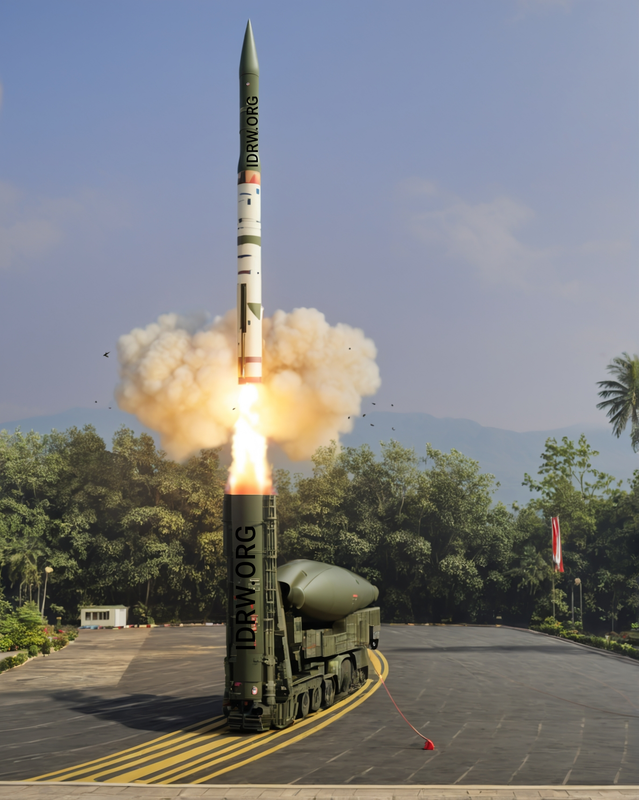
Following the successful development and testing of the Agni-5 MkII, the Defence Research and Development Organisation (DRDO) has turned its attention to the Agni-IV MkII. This upgraded version of the Agni-IV intermediate-range ballistic missile is expected to incorporate several enhancements, including a significant reduction in weight through the use of composite materials.
The Agni-IV, a nuclear-tipped missile with a range of approximately 4,000 kilometres, has been a cornerstone of India’s nuclear deterrence. The Agni-IV MkII is anticipated to extend this range to around 5,000 kilometres, bringing a larger portion of China within its striking distance.
Continue readingSOURCE: RAUNAK KUNDE / NEWS BEAT / IDRW.ORG
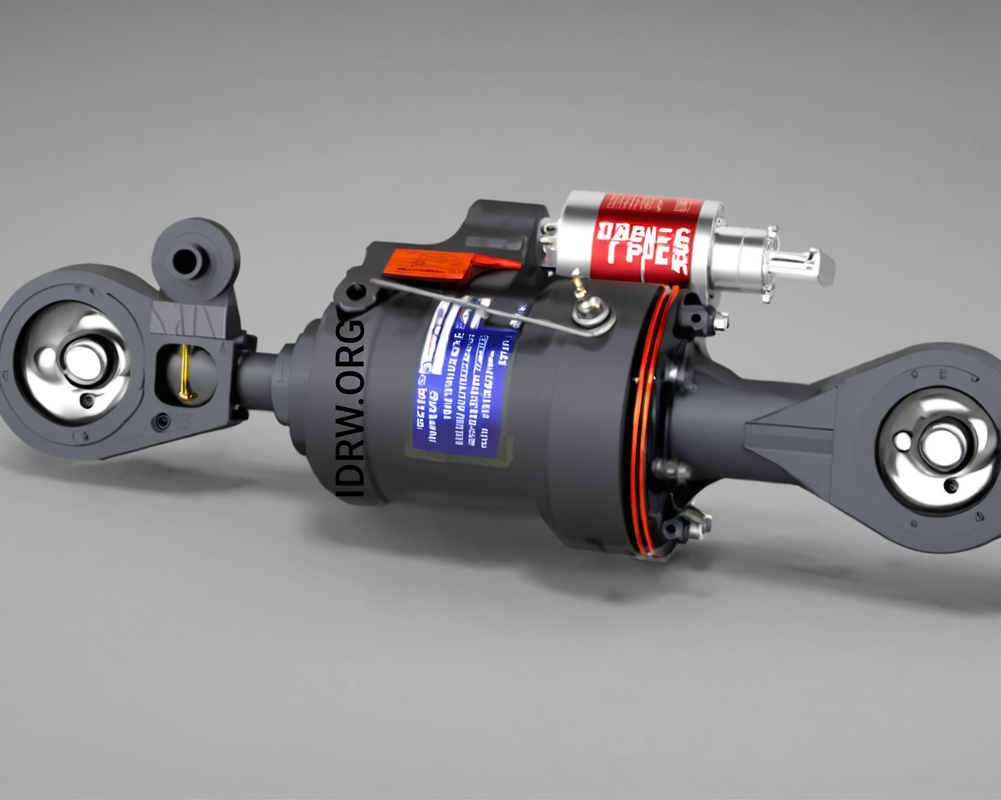
Bengaluru-based TimeTooth Technologies Pvt. Ltd. has secured a significant contract to develop Rotor Damper systems for Hindustan Aeronautics Limited’s (HAL) Advanced Light Helicopter (ALH Dhruv) and Light Combat Helicopter (LCH Prachand) programs. This marks a crucial milestone for the Indigenous aerospace industry as TimeTooth will focus on developing, qualifying, and eventually producing these systems over the next few years, aligning with India’s push for self-reliance in critical defence technologies.
The development phase is expected to span two years, during which TimeTooth Technologies will work closely with HAL to ensure the systems meet stringent performance and safety standards. Following successful qualification, the company will begin production, with supply contracts likely extending for five years and beyond. This long-term collaboration not only supports the ongoing ALH Dhruv and LCH Prachand helicopter programs but also signifies HAL’s commitment to fostering homegrown solutions for critical components.
Continue readingSOURCE: RAUNAK KUNDE / NEWS BEAT / IDRW.ORG
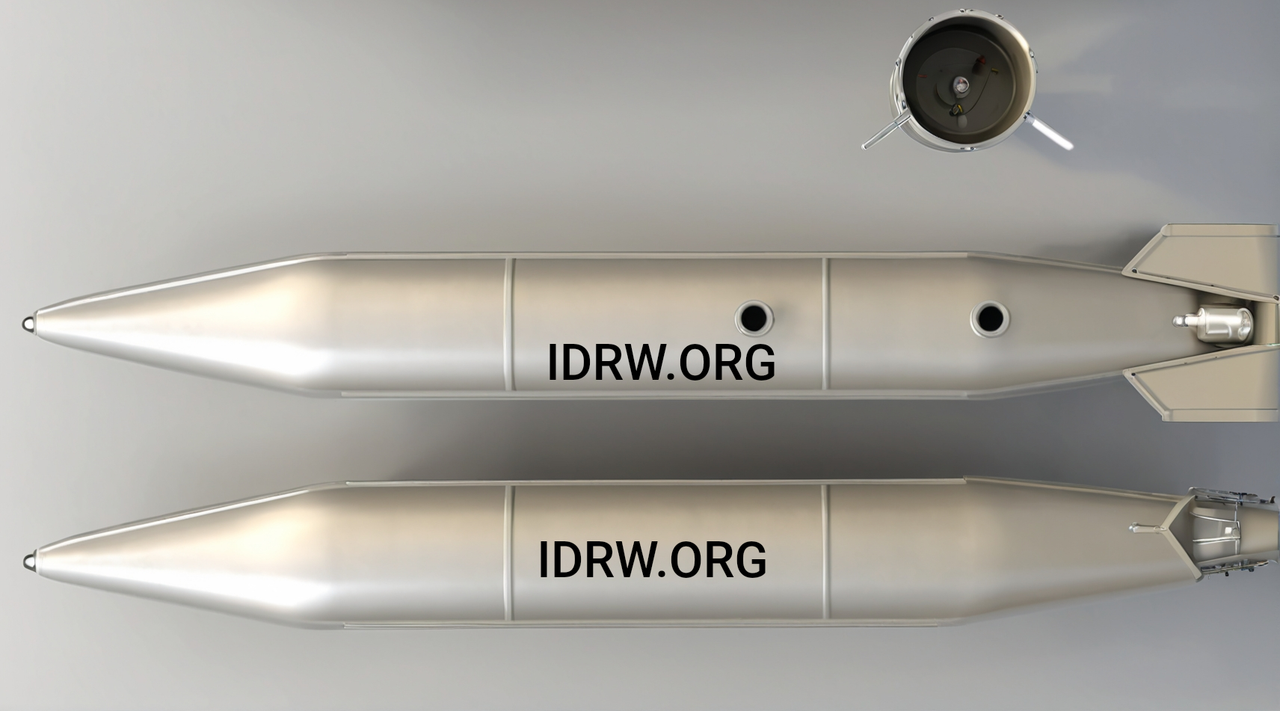
The Aeronautical Development Establishment (ADE) has initiated development work on external fuel drop tanks for the upcoming Tejas MkII program. As per tender specifications, ADE plans to develop two distinct models: a 1700-litre drop tank and a 1300-litre drop tank.
Initially, ADE will focus on producing two units of each drop tank for testing purposes. However, the final procurement will include six units of the 1700-litre drop tank and three units of the 1300-litre drop tank. These external fuel tanks will be integrated with the Tejas MkII prototypes, which are currently under development.
Continue readingSOURCE: RAUNAK KUNDE / NEWS BEAT / IDRW.ORG
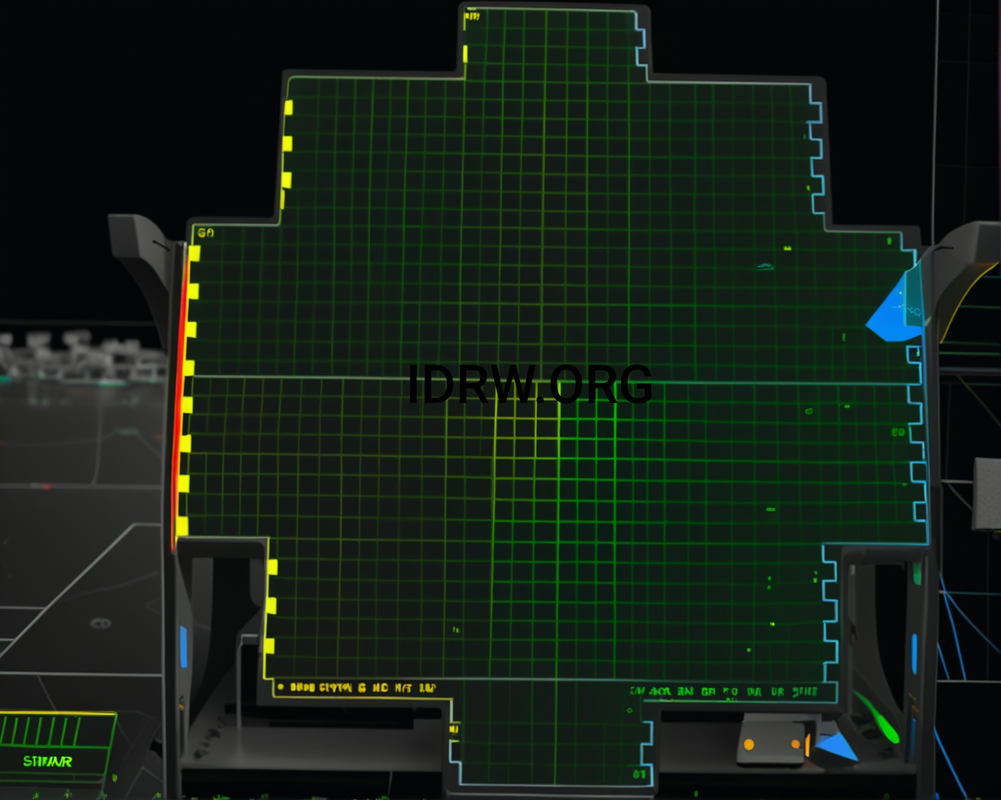
The Electronics & Radar Development Establishment (LRDE), a premier lab under DRDO, has embarked on a series of new initiatives in the optoelectronics domain, particularly aimed at revolutionizing radar systems. The focus is primarily on integrating photonics technologies into radar applications, which promises to enhance the performance, accuracy, and efficiency of future radar systems.
The introduction of photonic radar technology marks a significant leap from conventional radar systems. While traditional radar relies on electronic components for signal transmission and reception, photonic radars use light-based technologies, such as lasers, to process signals. This allows for faster data transmission, increased bandwidth, and better signal resolution. LRDE’s efforts to develop photonic modules demonstrate its forward-looking approach to enhancing India’s radar capabilities.
Continue readingSOURCE: RAUNAK KUNDE / NEWS BEAT / IDRW.ORG
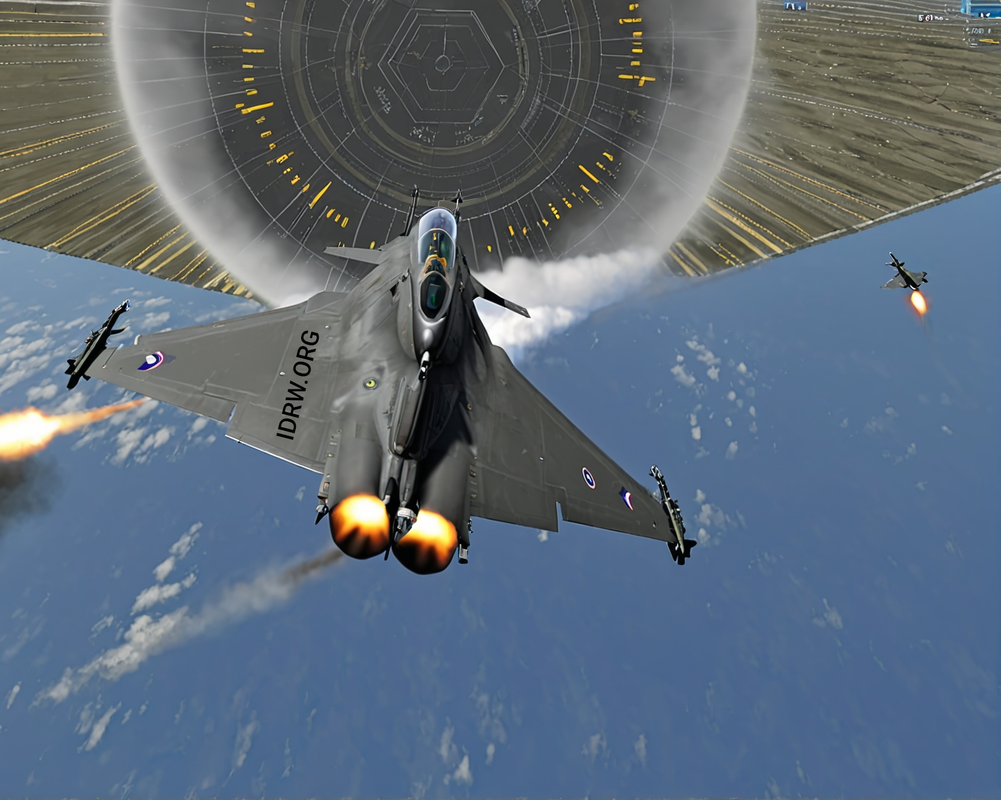
As negotiations for the purchase of 26 Rafale M fighter jets for the Indian Navy progress, the Navy is also planning to procure two Rafale Simulation Centers to train its crew, including pilots.
The proposed deal for the Rafale M includes 22 single-seater and 4 two-seater aircraft. However, the two-seater Rafale M variants are not carrier-capable, meaning they cannot take off or land from aircraft carriers. To address this limitation, the Indian Navy has decided to invest in simulation centres to provide comprehensive training for its pilots.
Continue readingSOURCE: RAUNAK KUNDE / NEWS BEAT / IDRW.ORG
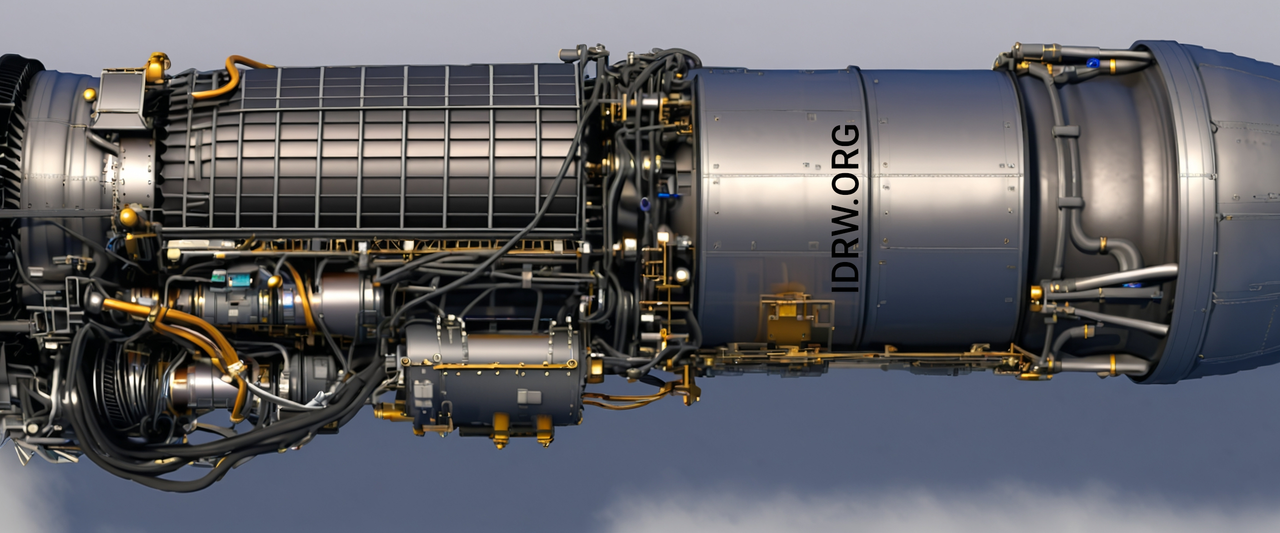
General Electric (GE) Aerospace was caught by surprise when the Indian Air Force (IAF) and Hindustan Aeronautics Limited (HAL) placed an order for an additional 83 Tejas Mk1A fighter jets in 2021, necessitating the delivery of nearly 99 more F404-IN20 engines. The F404-IN20 is a variant of the F404 engine developed specifically for the Tejas Mk1 program, providing enhanced thrust and optimized performance for single-engine operations.
The F404-IN20 engine, producing 19,000 pounds of thrust (or 84kN of wet thrust), was custom-designed by GE Aerospace for the Tejas Mk1 program to meet India’s unique operational requirements. It delivers the highest wet thrust among all F404 variants, specifically catering to the demands of India’s indigenous fighter program. Initially, GE Aerospace provided around 75 F404 engines to India over the last two decades, which was seen as a slow pace of supply for the company.
Continue readingSOURCE: RAUNAK KUNDE / NEWS BEAT / IDRW.ORG
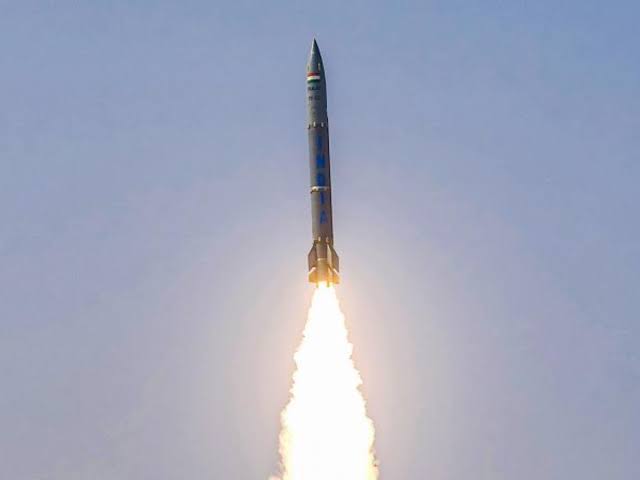
As Reported earlier by idrw.org, India is now considering a request from Armenia to supply the Pralay tactical ballistic missile. This development comes amidst heightened tensions between Armenia and Azerbaijan in the Nagorno-Karabakh region.
idrw.org reported in June that Armenia had approached India seeking to procure the Pralay tactical ballistic missile to counter Azerbaijan’s acquisition of the Israeli LORA long-range surface-to-surface missile system. The LORA system was allegedly used by Azerbaijan against Armenia in October 2020 during a military conflict.
Continue readingSOURCE: RAUNAK KUNDE / NEWS BEAT / IDRW.ORG
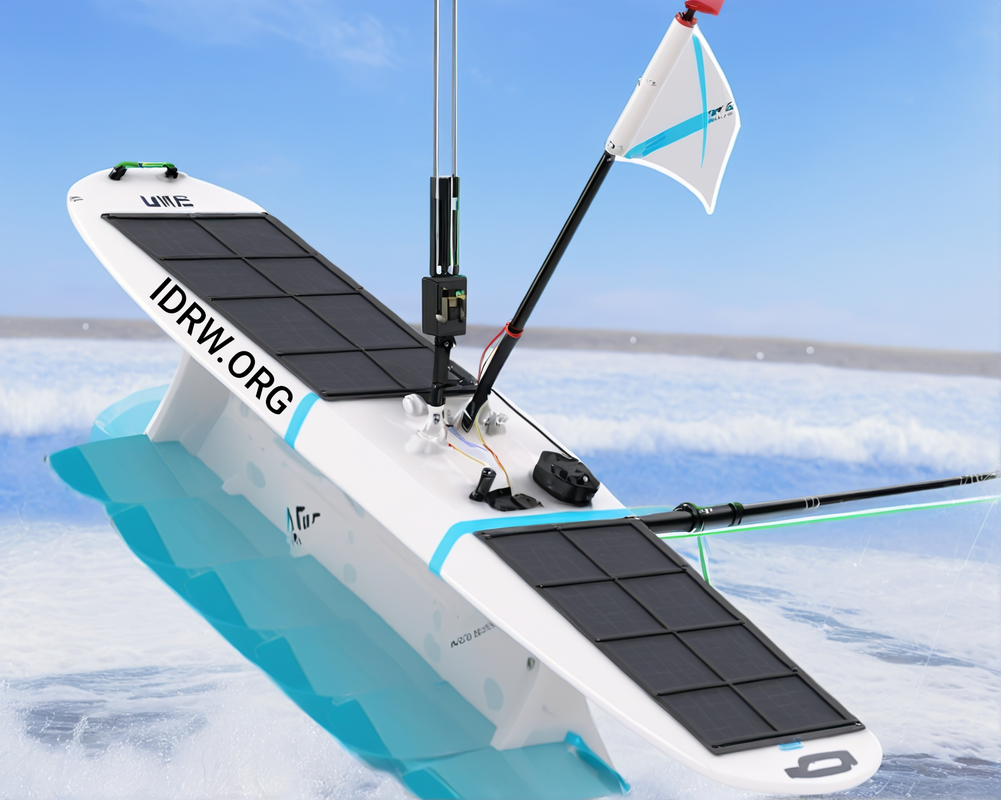
Liquid Robotics, a Boeing company, and India-based Sagar Defence Engineering Private Limited have announced a strategic partnership to co-develop and co-produce scaled Uncrewed Surface Vehicle (USV) systems. This collaboration aims to strengthen maritime security in the Indo-Pacific region and promote defense cooperation between the United States and India.
The Wave Glider, Liquid Robotics’ flagship USV, is an ideal platform for this partnership due to its endurance, reliability, and adaptability. Powered by wave and solar energy, the Wave Glider can operate continuously for months, providing real-time data and communications for various applications.
Continue readingSOURCE: RAUNAK KUNDE / NEWS BEAT / IDRW.ORG

India’s Advanced Medium Combat Aircraft (AMCA) is poised to become the world’s first 5.5th generation fighter jet, showcasing features that surpass those of current 5th generation aircraft. Developed by the Aeronautical Development Agency (ADA) and the Defence Research and Development Organisation (DRDO), the AMCA is classified as a 5.5th-generation aircraft due to its late entry into the program, allowing for the incorporation of advanced technologies.
One of the standout features of the AMCA MKII is its Remote Pilot capability. This innovative feature enables the aircraft to be controlled by a remote operator in the event of pilot injury or incapacitation, ensuring mission continuity and enhancing survivability. Additionally, the AMCA MKII will feature Electronic Pilot, an AI program that can take over basic piloting tasks, allowing the human pilot to focus on mission-critical areas.
Continue readingSOURCE: RAUNAK KUNDE / NEWS BEAT / IDRW.ORG
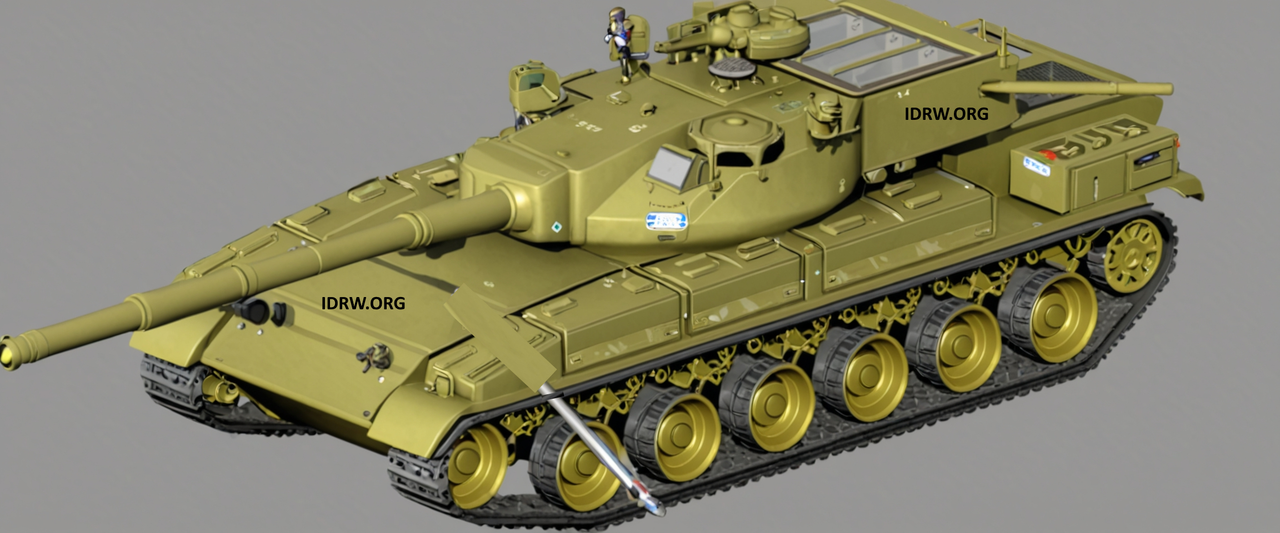
The Defence Research and Development Organisation (DRDO) is steadily progressing towards the completion of the Critical Design Review (CDR) for its Next Generation Main Battle Tank (NGMBT) design, intended for the Indian Army’s Future Ready Combat Vehicle (FRCV) program.
The NGMBT project has been making significant strides since its inception. After undergoing a preliminary design review (PDR) approximately three years ago, the DRDO has been diligently refining the design to meet the specific requirements outlined in the Army’s Request for Information (RFI) tender.
Continue readingSOURCE: RAUNAK KUNDE / NEWS BEAT / IDRW.ORG
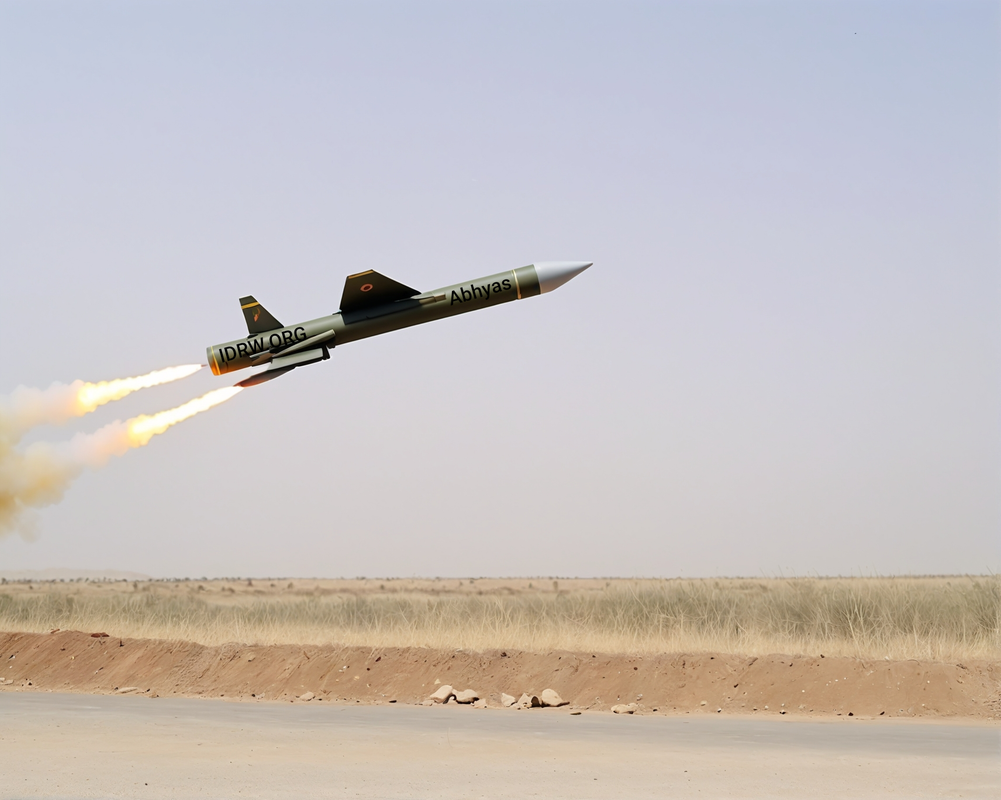
The Aeronautical Development Establishment (ADE), a premier lab of India’s Defence Research and Development Organisation (DRDO), has been expanding the capabilities of its Abhyas High-speed Expendable Aerial Target (HEAT). Originally designed as an aerial target to simulate enemy aircraft for missile testing, Abhyas is now being developed into more versatile systems, including kamikaze drones and loitering munitions, with potential roles in Manned-Unmanned Teaming (MUM-T) operations.
Initially developed as a cost-effective solution for training and missile target practice, Abhyas has a range of 100 km, can fly at speeds up to 0.5 Mach, and offers 45 minutes of endurance. However, ADE is now working on new variants that can transform Abhyas from a purely expendable target into a tactical platform capable of performing a variety of critical missions.
Continue readingSOURCE: RAUNAK KUNDE / NEWS BEAT / IDRW.ORG
Safran Aerospace, a global leader in aerospace technology, has significantly enhanced its proposal to jointly manufacture the 110kN engine for India’s ambitious Advanced Medium Combat Aircraft (AMCA) program. In a major development, the French company has offered to provide complete technology transfer (ToT) of the engine, including its critical hot section.
This move signifies a significant step forward in India’s quest for self-reliance in aerospace technology. Under the new proposal, the engine will be entirely manufactured in India, with components sourced exclusively from domestic companies. While Safran and the Gas Turbine Research Establishment (GTRE) will retain joint intellectual property rights over the new engine, there will be no export restrictions, ensuring that India can leverage this technology for its own defense and commercial needs.
Continue readingSOURCE: RAUNAK KUNDE / NEWS BEAT / IDRW.ORG

Hindustan Aeronautics Limited (HAL) is exploring collaboration with Indian private sector companies to address the issue of short-life turbine blades in the Rolls-Royce Turbomeca Adour Mk. 951 turbofan engines powering the Hawk 132 Advanced Jet Trainers (AJTs) in the Indian Air Force (IAF) fleet.
The problem of premature blade wear has been a persistent issue for the Adour engine, not just in India but also in other countries that operate the Hawk aircraft. While Rolls-Royce provided an interim solution a few years ago, it has yet to be implemented. The short lifespan of the turbine blades has significantly impacted the operational efficiency and maintenance costs of the Hawk 132 fleet.
Continue readingSOURCE: RAUNAK KUNDE / NEWS BEAT / IDRW.ORG
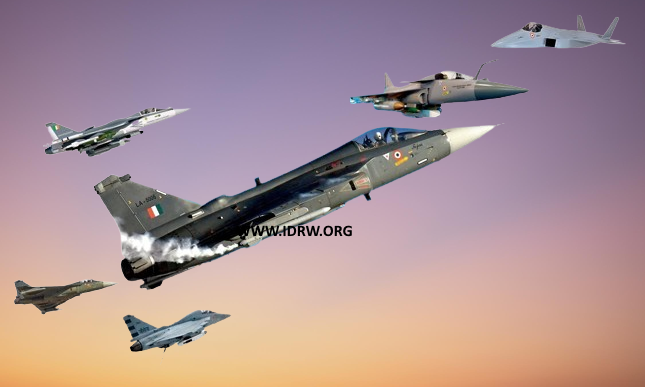
The Indian Air Force (IAF) and Hindustan Aeronautics Limited (HAL) are gearing up for a critical phase in India’s indigenous fighter aircraft development. With the first flight of the Tejas MkII planned for 2026 and the Advanced Medium Combat Aircraft (AMCA) Mk1 expected to take to the skies in 2028, the coordination between IAF and HAL will be tested as they conduct simultaneous developmental flight trials for these ambitious programs.
The experience gained from the developmental flight trials of the Light Combat Aircraft (LCA) Tejas Mk1A is proving invaluable. Lessons learned are being utilized to refine and streamline the flight test regime for both Tejas MkII and AMCA Mk1. The goal is not only to reduce the number of years required for flight trials but also to minimize the total in-flight hours needed to validate the aircraft’s capabilities and readiness.
Continue reading